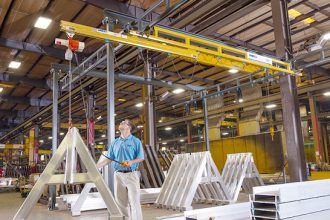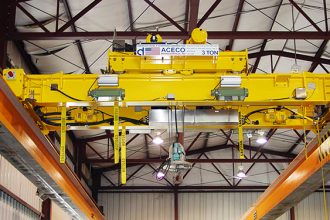Updates to CMAA Specification 70 for Multiple Girder Top-Running Bridge and Gantry Cranes Released
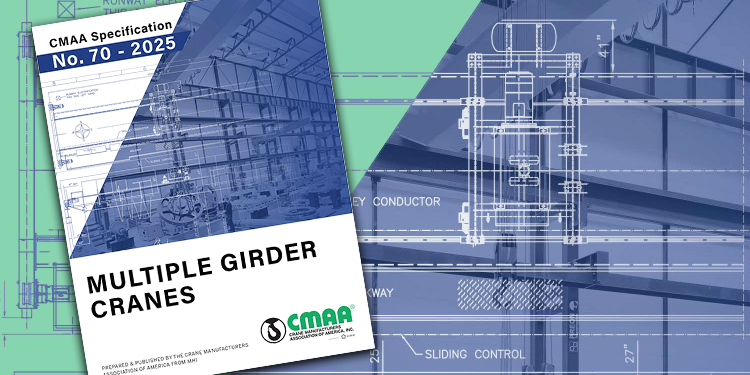
The Crane Manufacturers Association of America (CMAA) recently released the 2025 revision of Specification No. 70. The publication is the definitive standard for top-running bridge and gantry type multiple-girder electric overhead travelling cranes. This update reflects the latest advances in structural engineering, control systems, safety technologies, and operational expectations. It gives engineers, specifiers, and crane owners a clear, current roadmap for design and compliance.
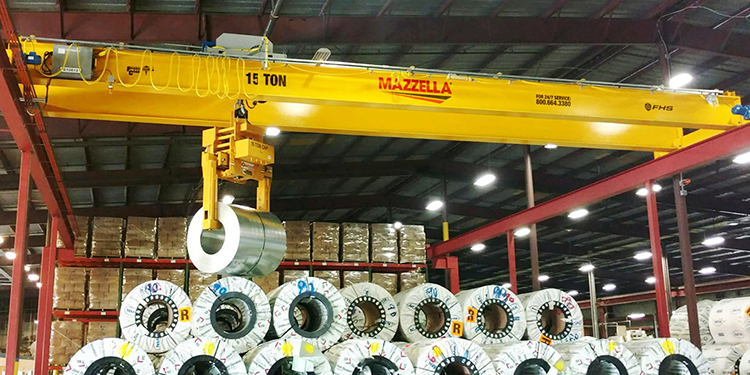
Why Was CMAA Specification 70 Revised?
CMAA updates its core specifications approximately every five years. The 2025 edition responds to evolving industry demands. These include heavier loads, longer spans, smarter controls, and stricter risk management.
It also aligns more closely with related standards. Among them are those from American National Standards Institute (ANSI), American Society of Mechanical Engineers (ASME), and the Occupational Safety and Health Administration (OSHA). The goal? To deliver better clarity, safer operation, and reduced ambiguity for manufacturers and users alike.
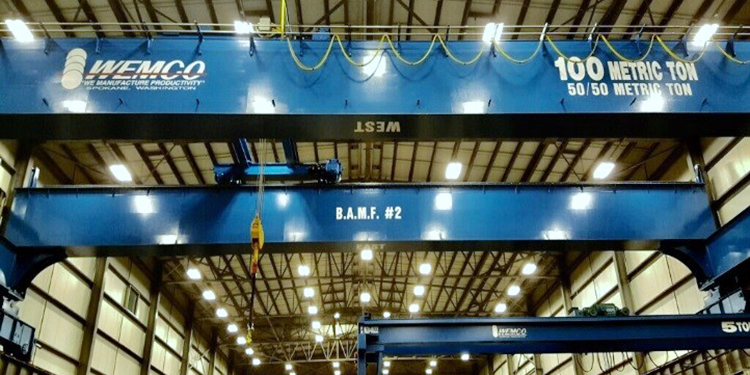
Key Changes in the 2025 CMAA Specification 70
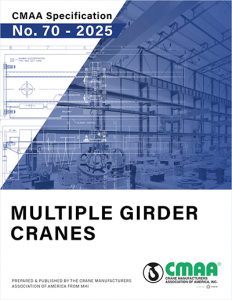 The revised CMAA Specification 70 introduces a number of significant updates across structural, mechanical, and electrical domains. Modifications include:
The revised CMAA Specification 70 introduces a number of significant updates across structural, mechanical, and electrical domains. Modifications include:
Structural Enhancements.
The revision expands content on plate-box girders, skewing behavior, fatigue stress calculations, and connections.
Mechanical and Load-Handling Updates.
CMAA revised hoist light-load overspeed protection, updated wire-rope commentary, and tighter key and keyway stress definitions.
Electrical and Control System Upgrades.
Included are new requirements for programmable logic controller (PLC) integration, tandem crane coordination, anti-sway control, and updated braking/power-network specifications.
Global Motor Standard Alignment.
A new appendix compares motor requirements from both the National Electrical Manufacturers Association (NEMA) and the International Electrotechnical Commission (IEC). This helps crane specifiers working in global supply chains.
Glossary and Definitions Refreshed.
The inclusion of several new terms aims to reduce misunderstandings and confusion. New definitions are:
-
- Rope anchor (system) – The hoisting rope end(s) to drum attachment hardware, plus any wraps of rope that are associated with the rope to drum connection, but not including the dead wraps of rope.
- Anti-sway – A feature that dampens the swing of the load when the bridge or trolley is in motion.
- Tandem crane operation – Defined by operating two (or more) cranes to lift and transport a load. Cranes can be controlled locally (from cab/pendant) or remotely (using radio).
Commentary and Interpretive Guidance Expanded.
More explanations help users interpret formulas, duty classes, and expected service life.
These changes reflect the industry’s transition toward smarter, data-driven overhead lifting systems. It supports the increasing shift toward equipment that is both heavier and more connected.

Where to Access the Updated CMAA Specification 70
CMAA Specification 70-2025 is available via www.mhi.org/cmaa. The technical committee for CMAA welcomes interpretation requests and engineering questions through its published channels.
Learn More About CMAA
CMAA members represent the industry’s leading suppliers of overhead crane systems. They design, manufacture, assemble, install and service overhead cranes and components. CMAA members, with the combined experience of more than 30,000 crane installations in North America in the last decade, are committed to providing products which focus on safety and innovation. In addition to its engineering specifications, the organization offers a variety of other resources. These include buyers’ guides, OSHA Alliance safety tip and fact sheets, inspection and maintenance checklists, safety seminars, Learn more via CMAA’s website at www.MHI.org/CMAA.


